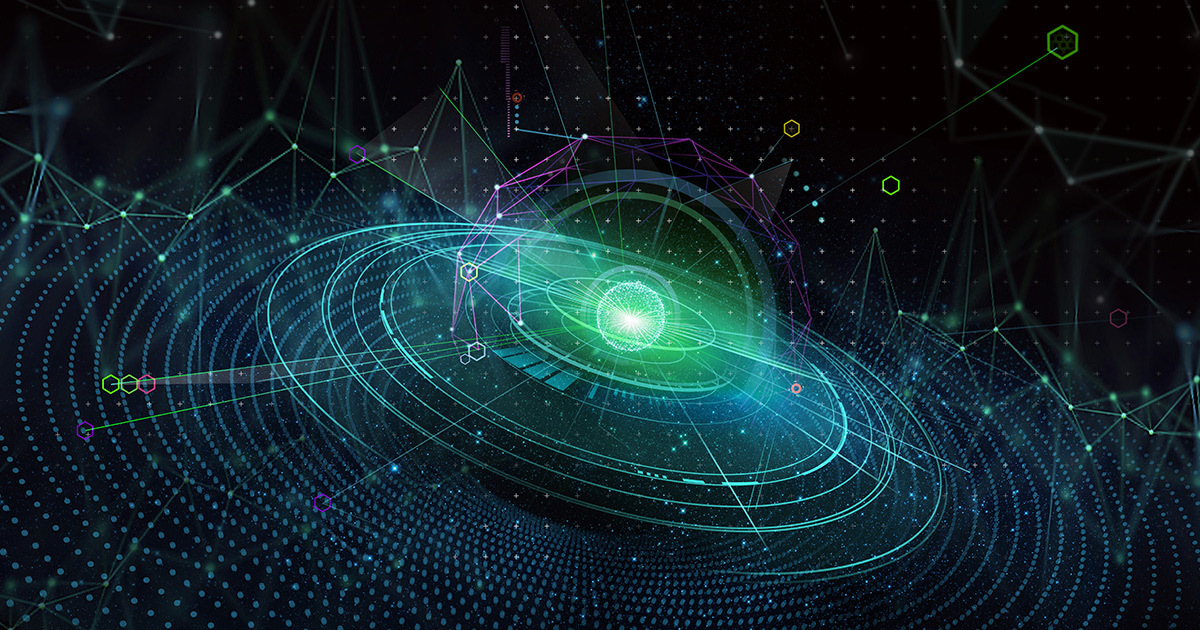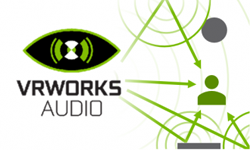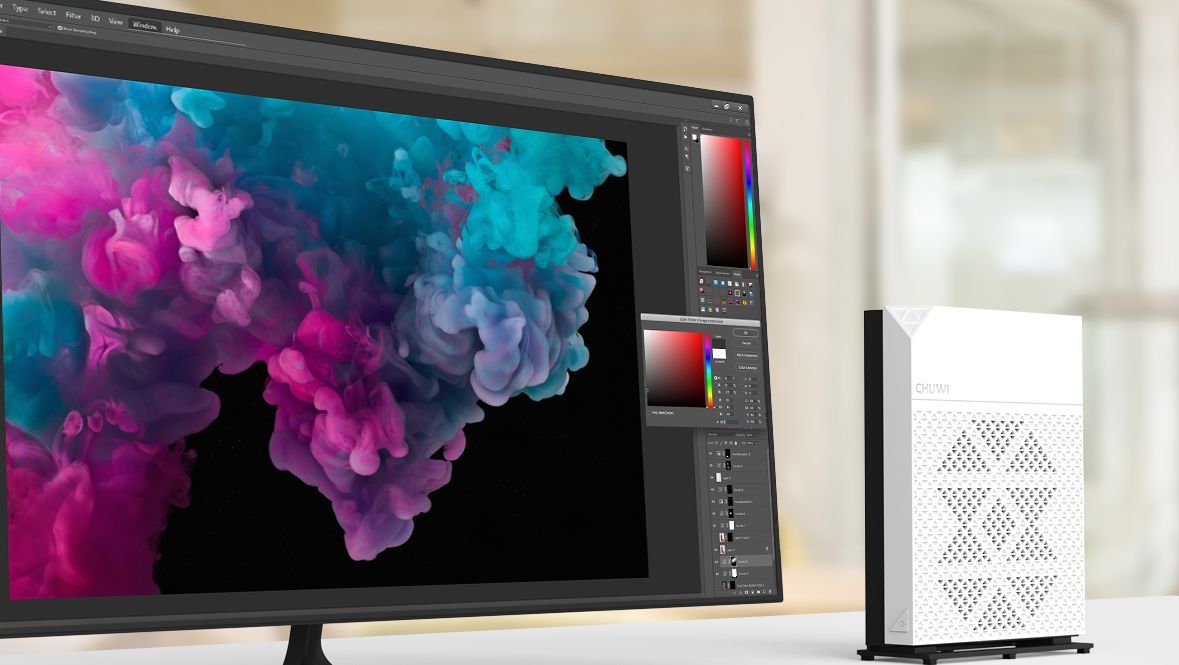SonGoku
Member
DSSS is a broad brush type of feature useful on PC but on consoles where devs target specific resolutions reconstruction techniques might provide better resultsInteresting.
Less accurate training (less accurate reconstruction) for more games integration.
It probably can create reconstruction mistakes (artifacts).
Common sense and past history indicates Sony strategy is geared towards releasing last gen games on PC. They started this trend by releasing PS3 games on PCI called it. Sony is going the Microsoft route and should be simultaneously launching all exclusives on PC eventually
PS5 games being exclusive until the last year of the gen is a pretty safe bet
The explanation i read is that GPUs are very efficient at shading less complex geometry which makes it reach full utilization, common game scenarios are less efficient and GPUs won't get nowhere near full utilizationI think what happens here is that devs dont optimize menu screens. Where as the activity in games is dynamic with slower sections and sections with a lot going on in screens, the menus are constant and if they are running at 4k at all times, it causes the gpu to run at max constantly.
But i imagine engines and APIs can make adjustments to simulate waves. If there wasn't a way Cerny wouldn't have bothered mentioning audio rtSound just doesn't behave as rays, construction/destruction will be difficult I would imagine
Also take a look at VRWorks Audio 1.0 & 2.0. Support started with Maxwell (1.0) and Turing RT units increased performance ten fold
It covers acoustic simulations

NVIDIA VRWorks™ Graphics

VRWorks Audio Dials up the Immersion with RTX Acceleration | NVIDIA Technical Blog
VRWorks Audio SDK 2.0 comes with support for NVIDIA Turing RTX GPUs and Optix 6 to provide more complex and physically realistic simulations targeted at professional use-cases.
It would be neat and Im confident MS will play ball if they want multiplatforms to use their solution, though I presume most AAA studios, especially first parties will have their in house solutions for offline audio calculations to assist TE if need be. Just like they do for lighting and the likeI think it would be a win if Project Acoustics is combined with the PS5 HRTF 3D audio!
I hope they experiment more with real time acoustics simulations using RT units considering the cost is so low compared to lighting
Last edited:






